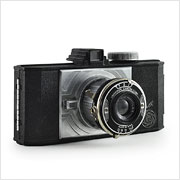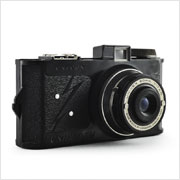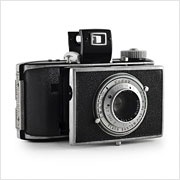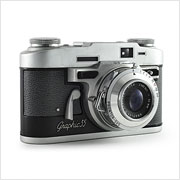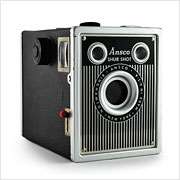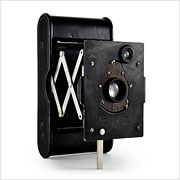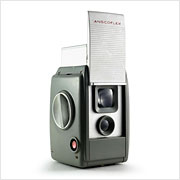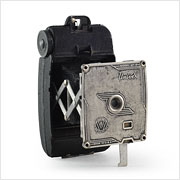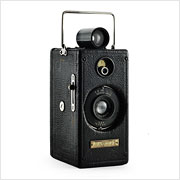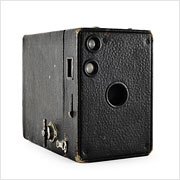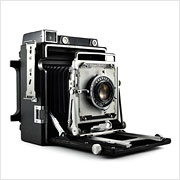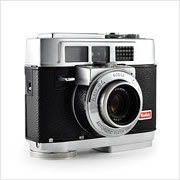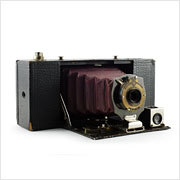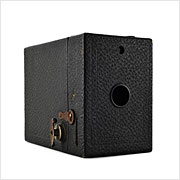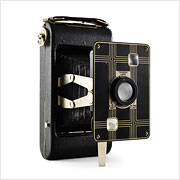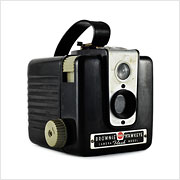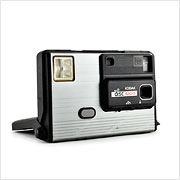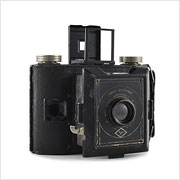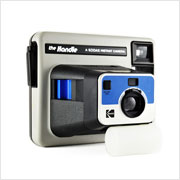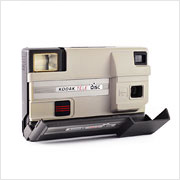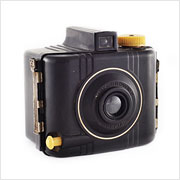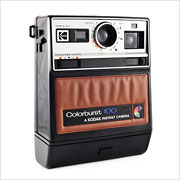The Vest Pocket Kodak (commonly known as “VPK”) is an early compact folding camera introduced in 1912 by Eastman Kodak. Designed to fit neatly into users’ pockets and later heavily marketed to British, American, Australian, French, Italian, and other Allied soldiers during World War I, the Vest Pocket Kodak was one of the most successful cameras of its day, reportedly selling over two million units during its 15 year production life. The VPK is also famous for having accompanied English mountaineers George Mallory and Andrew Irvine during their fatal expedition to Mount Everest in 1924. While Mallory’s remains were discovered in 1999, Irvine’s body and camera are still missing. Once found, the hope is that the film inside Irvine’s Vest Pocket Kodak may finally tell us whether or not the two climbers had succeeded in reaching the summit nearly thirty years before Sir Edmund Hillary and Tenzing Norgay‘s 1953 expedition.


